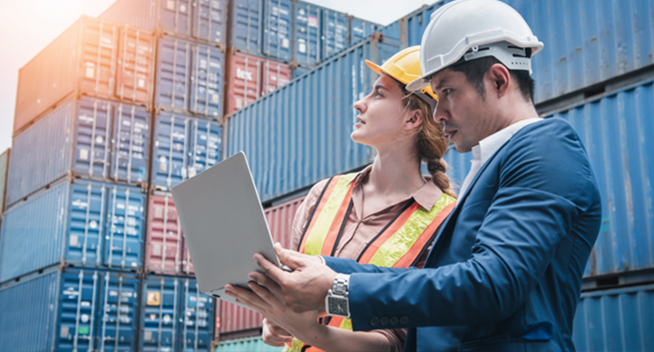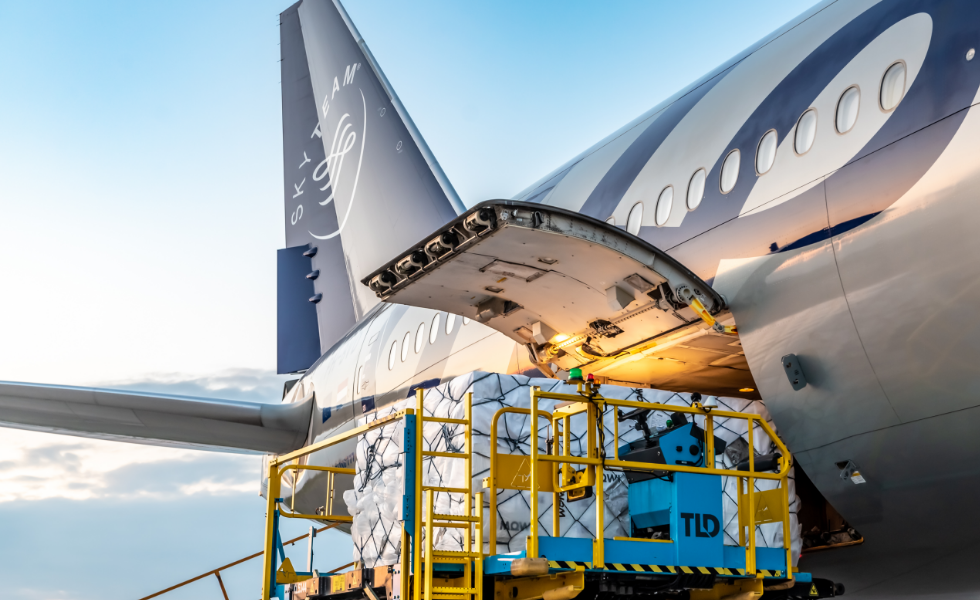Table of Contents
Managing reliable FCL shipping from China to Italy requires balancing cost, transit time, and customs efficiency. Many importers face challenges such as shipment delays, damaged goods, or unclear pricing. Fortunately, dependable FCL (Full Container Load) shipping offers a secure and predictable solution for consistent international trade between Asia and Europe.
Why Reliable FCL Shipping from China to Italy Matters
Reliability in FCL sea freight ensures that businesses maintain inventory flow and avoid costly disruptions. Italian importers depend on timely deliveries to keep the supply chain stable. Unlike shared containers (LCL), FCL dedicates a container solely to one consignee, reducing risks of mix-ups and transit delays.
Moreover, secure sealing at the point of origin minimizes tampering and damage. As a result, consistent full container shipping not only improves reliability but also strengthens customer trust.
| Benefit | Description |
|---|---|
| Speed | Direct shipment without consolidation delays. |
| Safety | Less cargo handling reduces potential damage. |
| Predictability | Fixed sailing schedules offer stable delivery timelines. |
| Cost Control | Flat container rate eliminates per-CBM surcharges. |
How Does the FCL Shipping Process Work?
A reliable FCL shipping process from China to Italy includes several stages that ensure smooth movement from the supplier’s factory to the consignee’s warehouse. Each step influences both cost and reliability.
Step-by-Step Process:
- Booking and Documentation: Freight forwarder confirms container space and prepares export papers.
- Loading and Sealing: Goods are packed, loaded, and sealed at the supplier’s site.
- Port Handling: Container arrives at major ports such as Shanghai or Ningbo.
- Ocean Transit: Shipment sails directly to Italian ports like Genoa or Venice.
- Customs Clearance: Import duties, VAT, and inspections are completed.
- Final Delivery: Container is delivered to the buyer’s warehouse by truck.
Average Transit Time Table:
| Origin Port | Destination Port | Average Transit Days | Typical Cargo |
|---|---|---|---|
| Shanghai | Genoa | 25–28 | Consumer electronics |
| Ningbo | Venice | 26–29 | Furniture, lighting |
| Shenzhen | Trieste | 24–27 | Machinery parts |
Additionally, working with experienced forwarders ensures real-time tracking, digital documentation, and proactive issue management throughout the entire journey.
What Are the Main Costs in FCL Shipping from China to Italy?
Understanding costs upfront prevents unexpected financial surprises. While FCL rates depend on the season, destination, and container type, the pricing structure remains fairly transparent.
| Cost Component | Typical Range (USD) | Notes |
|---|---|---|
| Ocean Freight | $1,400 – $2,100 | Depends on route and carrier |
| Terminal Handling Charges | $250 – $400 | Covers loading and port fees |
| Customs Clearance | $120 – $250 | Applies at both ends |
| Inland Trucking | $300 – $700 | From Italian port to warehouse |
| Insurance | 0.3% – 0.5% of goods value | Optional but recommended |
Furthermore, seasonal surcharges (PSS), currency adjustments, and destination port fees can affect total shipment cost. Always request an all-inclusive quote for better cost control.

What Container Options Are Available for FCL Freight?
Choosing the right container is crucial for maximizing space and minimizing risk. Depending on your product type, you can choose standard or specialized options.
| Container Type | Capacity | Ideal Cargo | Advantage |
|---|---|---|---|
| 20ft Standard | 33 m³ | Heavy goods (machinery, tiles) | Compact and cost-effective |
| 40ft Standard | 67 m³ | General goods (clothing, furniture) | Best cost per cubic meter |
| 40ft High Cube | 76 m³ | Bulky or light cargo | 10% extra space |
| Reefer Container | Variable | Perishable or pharma items | Temperature control |
| Open Top / Flat Rack | Variable | Oversized cargo | Flexible loading |
Additionally, ensure weight distribution is even to avoid damage during sea movement and customs inspection delays upon arrival.
Real Case Studies of Reliable FCL Shipping from China to Italy
Case 1: Electronic Appliances from Shenzhen to Genoa
Cargo: 40ft container, 18 tons of electronics
Mode: Sea freight
Cost: $2,000
Transit Time: 27 days
Outcome: Delivered without delay; customs pre-cleared electronically for faster release.
Case 2: Furniture Shipment from Ningbo to Venice
Cargo: 40ft High Cube, 25 tons of assembled furniture
Cost: $1,850
Transit Time: 26 days
Outcome: Reduced warehouse cost due to direct delivery from port to distributor.
What Customs Procedures Apply to FCL Shipments?
Smooth customs clearance is vital for keeping shipments on schedule. Both China and Italy require accurate documentation and compliance with import/export standards.
Required Documents Checklist:
| Document | Description |
|---|---|
| Bill of Lading (B/L) | Confirms shipment ownership and details. |
| Commercial Invoice | Declares goods value for customs duties. |
| Packing List | Lists packaging and cargo details. |
| Certificate of Origin | Identifies product manufacturing country. |
| Import License | Required for specific regulated goods. |
Moreover, importers must possess an EORI number in Italy for customs registration. Working with an experienced broker helps ensure quick clearance without penalties.

How Does FCL Compare with Other Transport Modes?
Although sea freight is dominant, it’s worth comparing with rail and air transport for flexibility and speed.
| Mode | Transit Time | Cost (40ft) | Best For | Pros | Cons |
|---|---|---|---|---|---|
| Sea (FCL) | 25–30 days | $1,400–$2,100 | Bulk cargo | Cost-effective, reliable | Slower transit |
| Rail Freight | 18–22 days | $3,000–$4,000 | Medium urgency | Balanced option | Limited routes |
| Air Freight | 3–7 days | $6,000–$10,000 | Urgent, high-value goods | Fastest delivery | Expensive |
In conclusion, reliable FCL shipping from China to Italy remains the ideal balance between cost efficiency and shipment reliability.
How to Choose a Reliable FCL Freight Forwarder
Selecting the right logistics partner determines whether your supply chain runs smoothly. A professional forwarder coordinates port bookings, manages paperwork, and provides end-to-end tracking.
Key Selection Criteria:
- Proven experience in China–Italy routes
- Transparent, all-inclusive quotations
- Access to global carrier networks (COSCO, MSC, CMA CGM)
- Support for customs and documentation
- Real-time shipment tracking and updates
Additionally, look for FIATA or NVOCC-certified providers who can legally issue House Bills of Lading and manage both ends of the transport process efficiently.
Conclusion
To summarize, reliable FCL shipping from China to Italy offers an efficient, cost-controlled, and secure way to transport large cargo volumes across continents. By understanding cost components, customs processes, and forwarder selection, importers can build stronger, more predictable supply chains. Partnering with an experienced logistics provider ensures smooth handling, timely delivery, and long-term trade success.
Request a Quote
Need a tailored solution for your shipping from China?
Let TJ China Freight Forwarder assist you with reliable, cost-effective service.
FAQ:
Q1.How long does FCL shipping from China to Italy take?
Transit time averages 25–30 days, depending on route, carrier, and seasonal conditions for reliable FCL shipping services.
Q2.Which ports in Italy receive most FCL shipments from China?
Genoa, Venice, and Trieste handle the majority of full container loads from China due to their advanced handling capacity.
Q3.How can I calculate total FCL shipping costs accurately?
Combine ocean freight, handling fees, insurance, and inland delivery charges for a complete cost of reliable FCL shipping from China to Italy.
Q4.Can I track my FCL shipment in real time?
Yes, most forwarders provide GPS-enabled tracking platforms for container visibility throughout the FCL sea freight journey.
Q5.Do I need special documentation for customs clearance?
You’ll need a Bill of Lading, Invoice, Packing List, and Certificate of Origin to clear FCL shipments in Italian ports.




